

Read the next installment: “Photo Essay: Scenes From Puerto Rico’s Foodways”
Read the previous installment: “How To Feed An Island”

All photographs by Mariángel Catalina Gonzales. Para leer una versión de este texto en español, haga clic aquí.
Sebastían Sagardia never intended to cultivate mushrooms. The 31-year-old San Juan native studied hospitality at Boston University and worked in hotels before spending a few years in advertising. He always wanted to feed people, though, and while a restaurant requires a lot of start-up capital, mushrooms only require know-how, spores, and plenty of food waste. And so, in 2019, he launched Huerto Rico, whose name is a play on words using the name of his home island and the Spanish word for “orchard.”
“I would describe my cooking style as very simple,” Sagardia tells me over a steel drum of water coming to a boil. He’s pasteurizing the bags of wood chips and coffee grounds from which his mushrooms will sprout. “I would always have this complaint that there’s not enough good ingredients to cook with here on the island. I got tired of bitching about it, and I was like, “‘Wait. Mushrooms.'”
Only the white button and portobello varieties are usually grown in Puerto Rico, and, as Sagardia notes, they come from the same family and substrate at different levels of maturity. The kind of oyster mushrooms he’s cultivating out of a house in Bayamón, on the northern side of the island, aren’t locally harvested by anyone else.
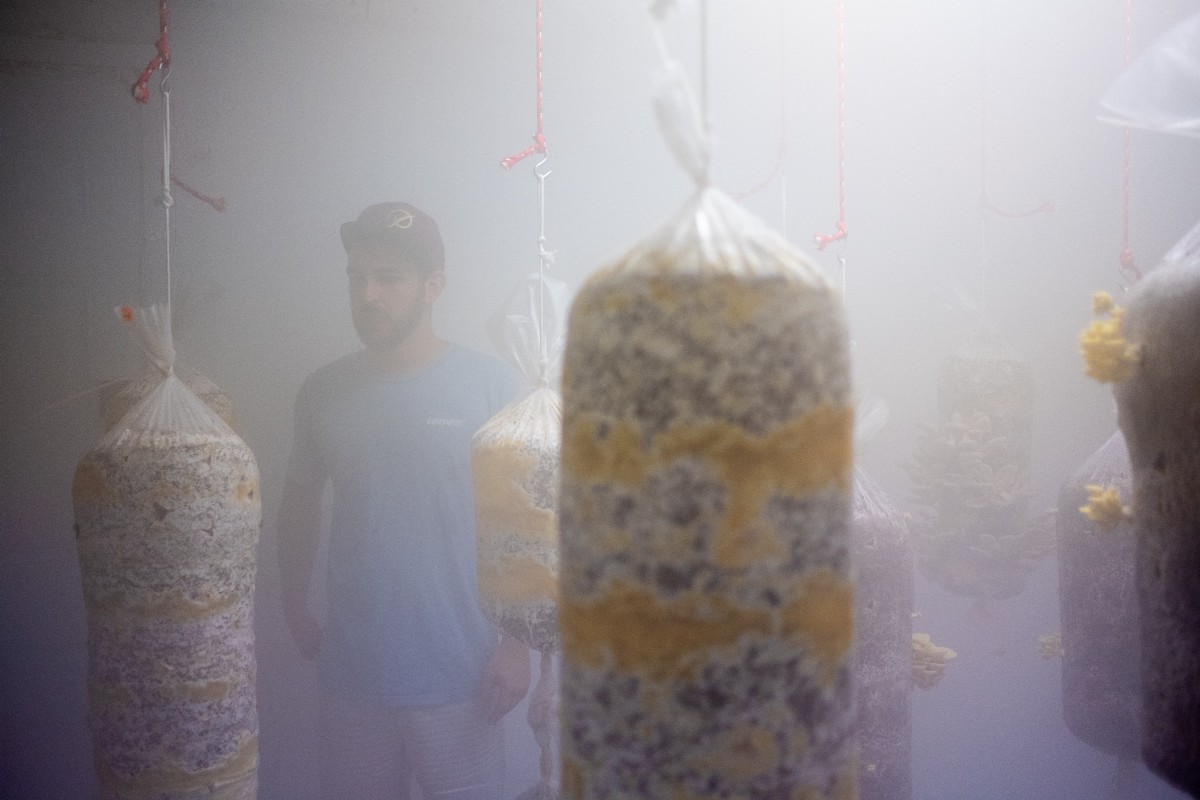
It’s a solo operation for now: Sagardia began with just under $10,000, and he’s currently growing enough to supply two chefs in San Juan. But he’s expanding as much as possible, with a plan for marketing–his old job coming in handy–and should be cultivating about 600 pounds per month by the end of 2019.
“I failed miserably the first few times,” he admits. He had no formal training in mushroom-growing, relying on the books of mycologist Paul Stamets for guidance. “I’m still learning every day. I’m excited. It’s a 24/7 job, basically, so I’m here every day, and I’ve not felt like, “‘I don’t want to go to work today.’ I want to come see my mushrooms.”

The room with new bags fermenting smells awful–like rot. Sagardia has set up a second area, with ominous hooks protruding from the ceiling, ready for more mushrooms. You have to remove your shoes before entering, and every door must close tightly to keep the humidity and temperature at the right level. When we open the door to one room, snow-white air pours out. Flat, meaty mushrooms are sprouting from plastic bags; the fungi measure bigger than our heads.
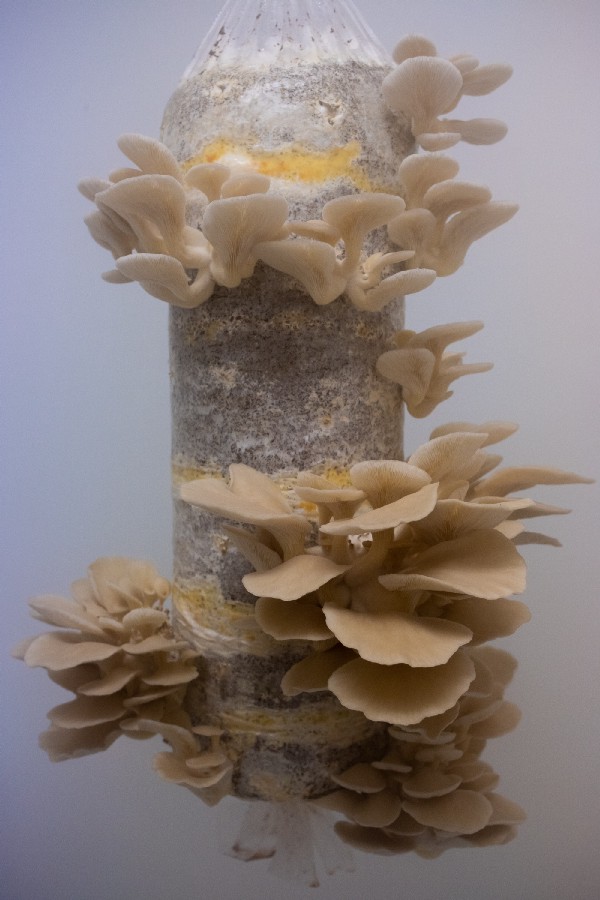
“Here in the tropics, we have more random spores in the air than temperate climates, and that makes it a little bit harder to cultivate in a natural way,” Sagardia says. “We have to be super clean inside, just to limit the amount of spores we’re carrying. AC is really important, which it isn’t in a temperate climate.”
Sagardia orders spawn for the oyster mushrooms from Wisconsin, but part of his mission with Huerto Rico is to identify and cultivate mushrooms that are native to Puerto Rico. He slips a spiral-bound book out of plastic–a guide to identifying edible mushrooms in the Dominican Republic that he’s recently acquired. There’s no equivalent guide for Puerto Rico.
“I’m guessing that we would have the same kind of mushrooms that they have over there, over here,” he says. “It would be really cool to identify them. We have everything from morels to chanterelles to the wood ears. There’s a bunch of them.” He continues, “Where I see this going to is identifying, isolating, and cultivating local varieties as much as possible.”
The substrate–what the bags are filled with in order to grow mushrooms–is a mixture of wood chips and coffee grounds. The latter adds nitrogen to the mix, which carnivorous oyster mushrooms would usually get from consuming tiny worms in the soil. Sagardia gets the wood scraps from Puerto Rico Hardwoods, a company that makes furniture and housewares out of local trees.
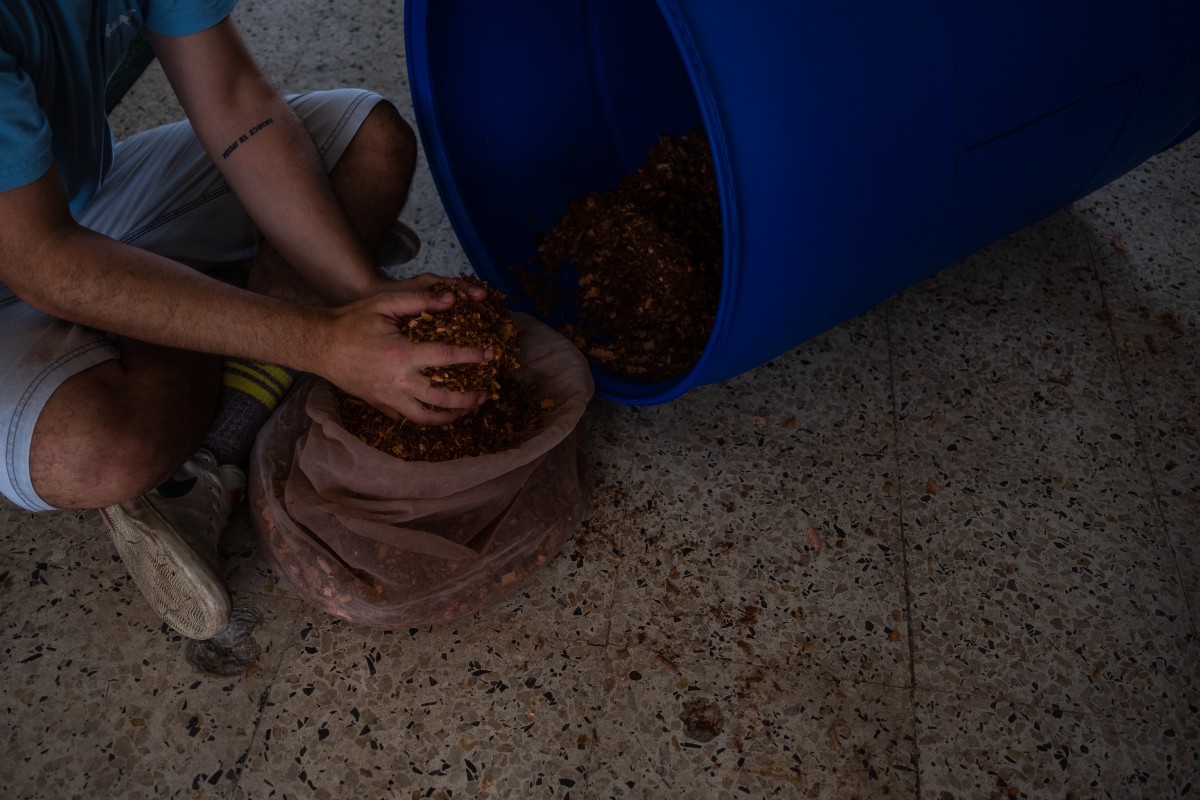
Cultivating mushrooms is about more than growing food–reusing more food waste means creating bigger cycles of sustainability. The role of fungus “is to take hard-to-digest materials, like hardwoods, and turn them into usable soil,” Sagardia explains. “By incorporating mushrooms into an ecological model, it helps your compost, but also it helps you balance.”

Sagardia gets coffee grounds for the substrate from Café Regina, a coffee shop with locations in San Juan’s Santurce barrio. Not content to simply give Huerto Rico their waste, Café Regina has also served the mushrooms on toast–the bread for that dish is baked by Panoteca San Miguel, which operates a storefront in the neighborhood of Cupey.

“I was in France for a year, just baking bread,” says Diego Enrique San Miguel, the bakery’s owner. He is 24, and like Sagardia, he dipped into food after studying business–in his case, at New York University. “I knew very little French, but I picked it up quickly when the chefs would yell at me.” He’s in white overalls, which he’s been wearing since arriving at the bakery at 3 a.m. A yoga mat is rolled out on the floor, but it’s not for stretching: sometimes, while the dough rises, it’s where he naps.
Panoteca San Miguel sells shiny loaves of brioche, crisp sourdough, puffy focaccia, and fluffy mallorcas, a sweet Puerto Rican bread. Sometimes, he’ll make pan sobao, a lard bread. There are a few artisanal bread-bakers on the island focused on French styles, but San Miguel has made a point of embracing the bread traditions that the island has adapted from Spain.

“I always thought there’s nothing inherently wrong with Puerto Rican breads, it’s just that the industry has lost some of the love behind it,” he says. “Bad flour is being used, bad fermentation–very factory-oriented.” Applying his French training to these recipes has yielded results that are less sweet and less dense. A mallorca hot out of the oven is subtly buttery, with the satisfying chew of a croissant.
To make his mallorca, San Miguel builds a sponge, adds sourdough starter (or “masa madre” in Spanish) and flour, lets it rest overnight, creates the full dough, and lets it rest again. Finally, he forms the dough into the traditional swirl shape by hand. The flour, though, has not been locally milled, as one might find in an artisanal bakery on the mainland; in Puerto Rico, San Miguel hasn’t been able to source flour that isn’t bleached or enriched. Consequently, his sacks are shipped in from New England.
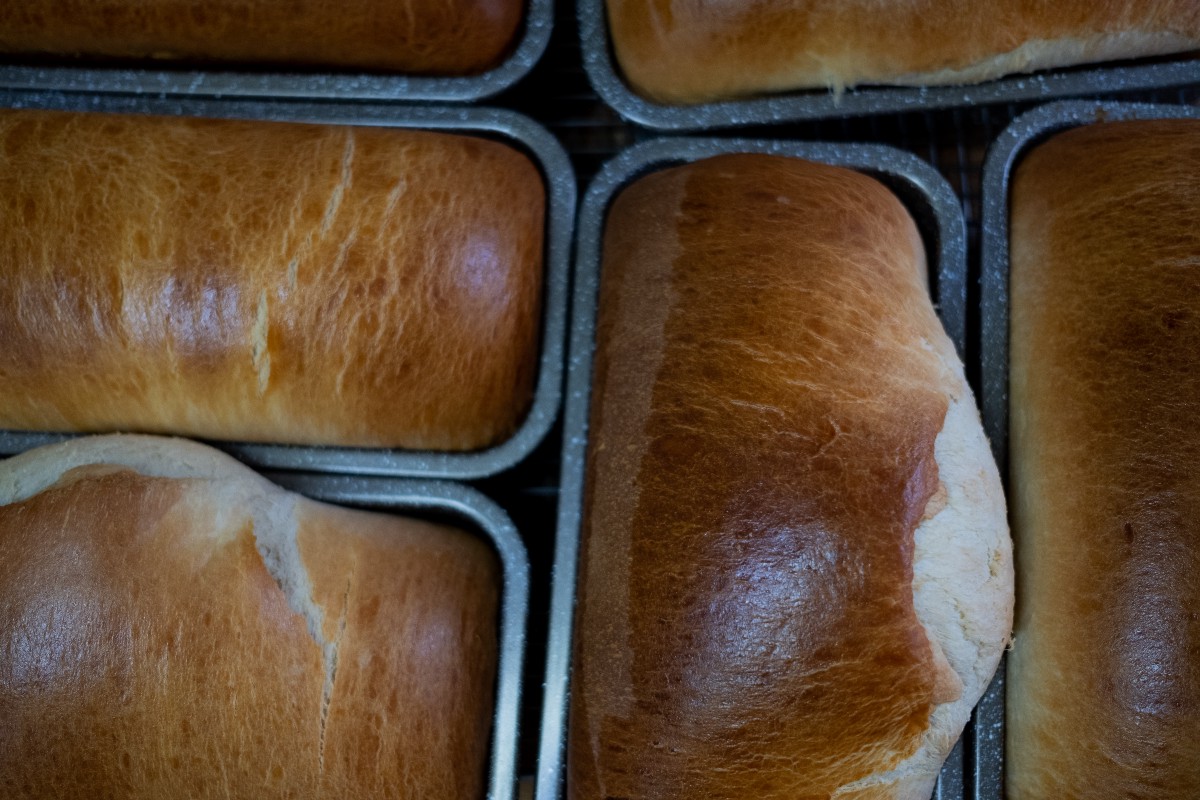
He hasn’t run into too many technical struggles otherwise, and he’s had success selling at markets and supplying to local cafés, like Regina. “You hear a lot of people say, “‘French bread is the best bread,'” he says, “but that doesn’t mean that you can’t make great bread here. People talk about the humidity and the heat, but in my experience, the principles are the same. Bread is a details game. It demands your attention.”

Mushrooms and bread might not come to mind when one thinks about Puerto Rico, but rum certainly does–and Destilería Serrallés, based in the southern coastal city of Ponce, makes the best-selling version of the spirit on the island. The family-owned company, which was established in 1865, sells much of what it distills to third parties, but it’s famous for its Don Q rums, credited with being the original liquor featured in a piña colada. Renderings of Don Quixote, the rum’s namesake, are found all around the distillery offices–the name was originally chosen as an homage to the Serrallés family’s Spanish heritage.
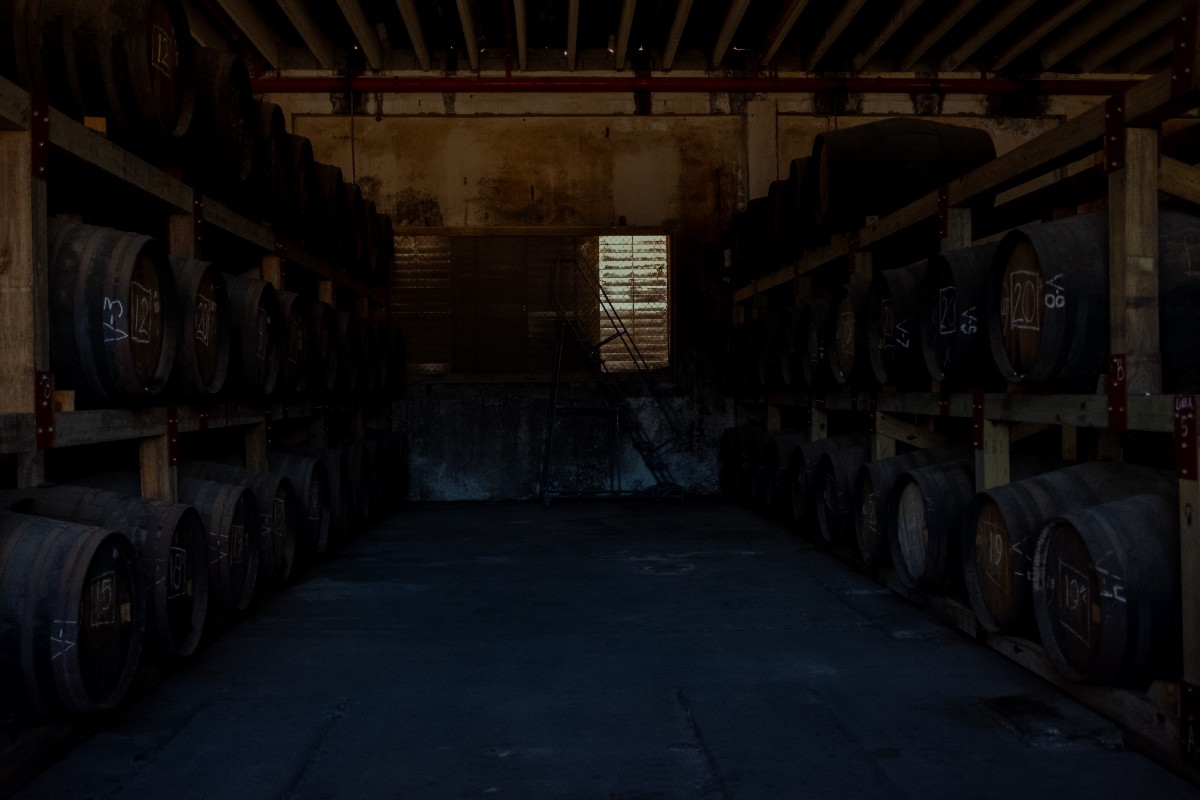
Like younger food businesses in Puerto Rico, Destilería Serrallés is working to become sustainable while remaining true to the island’s identity. The effort is led by Roberto Serrallés, the vice president of business development and a sixth-generation distiller, who has a Ph.D. in environmental sciences from the University of Oregon.
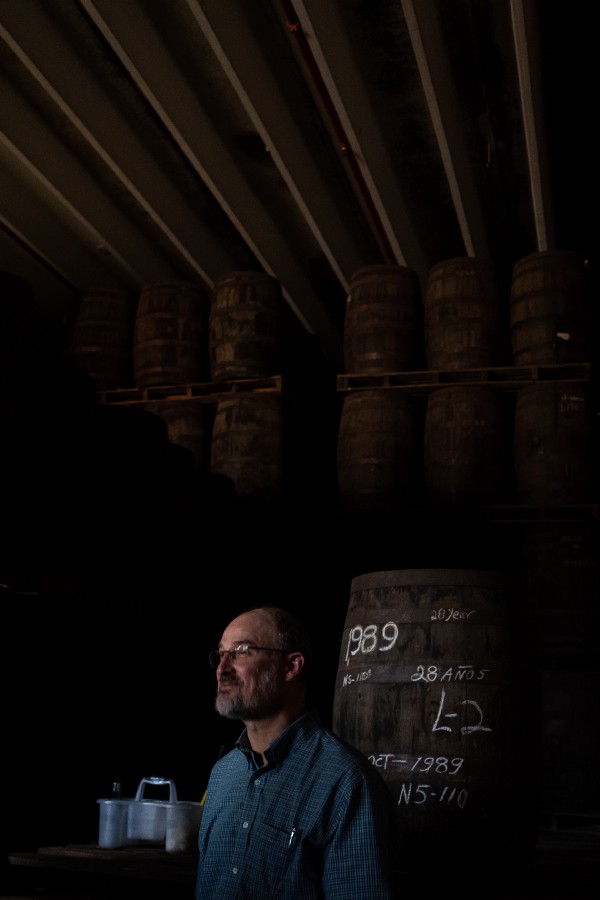
He moves around the distillery like a booze-making Willy Wonka, excitedly telling a group of European distributors about the history of the company. (I’ve been invited to tag along on their tour and tasting.) Don Q has been using the same strain of yeast since the 1950s, and the company ferments molasses diluted by water from Río Inabón, one of the longest rivers in the region. The carbon dioxide produced in the fermentation process gets captured and distributed to local soda-makers. After fermentation comes distillation, then aging in American white oak barrels previously used for bourbon.
For every bottle of spirit, ten bottles of wastewater are created in the distillation process. That’s 350,000 gallons per day–enough to fill an Olympic swimming pool halfway. This is the most significant issue in creating an eco-friendly distillery. Destilería Serrallés treats this wastewater using specialized bacteria–similar to what happens with waste in mushroom cultivation–to remove 70 percent of organic material that could potentially kill ocean life.
“When wastewater goes into the ocean, it is the number one problem problem if you’re a small, Caribbean island, because what’s in that wastewater is a lot of organic content,” Serrallés explains. “In a body of water, that organic content will oxidize, and if a fish goes through it, it’s like walking into a room with no oxygen for a human.”
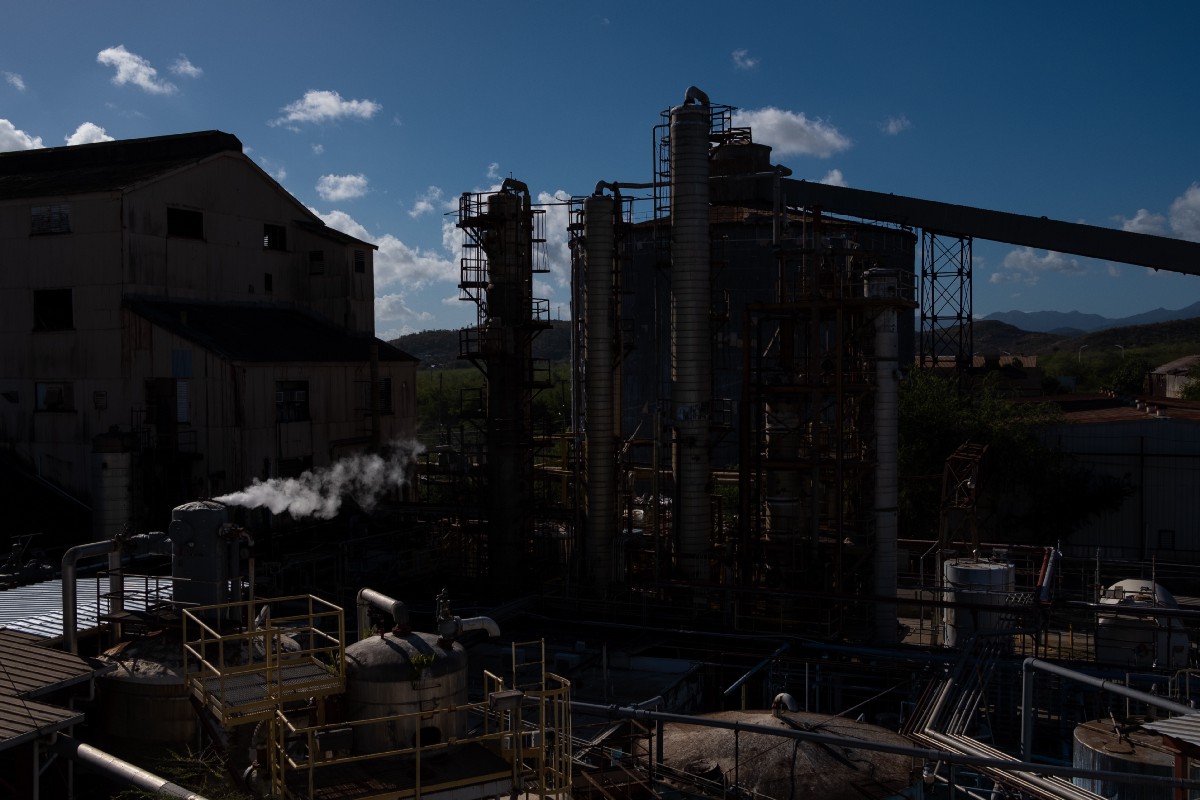
Some of the treated liquid goes into the boiler, which generates energy and cuts down on the facility’s oil usage; the rest of it becomes irrigation-grade water. Serrallés is also considering hydroelectric power in the future. While the distillery has received accolades for its pursuit of sustainability, he’s continuing to seek more, and better, solutions. And the rum’s not bad, either.

In reporting on Puerto Rico after the intense destruction caused by 2017’s Hurricane Maria, the U.S. press has repeatedly used the word “recovery” to discuss the agricultural and broader economic situation on the island. But what does that word mean in the context of a place not allowed the right of self-governance since the arrival of Columbus? To recover implies a restoration of full health, something the island hasn’t had in centuries.
The agricultural reality on the island is more than the rate and cost of imports: it’s the difficulty that the sustainability activist Pao Lebron faced researching the history of garlic farming, or the lack of knowledge about native mushrooms, or the low quality of locally milled flour. Under colonialism, it would seem, there is not recovery but perpetual struggle and occasional breakthrough. I think always of the woman with the homegrown acerola whom I met four years ago, sitting at a trendy eatery she couldn’t afford: What is she eating now? Is $10 still too expensive for a full meal? I ask other locals in the food industry whether they’ve noticed any changes for the better.
“After this two-year stretch, I feel like people have an engine on. People are moving back,” says Kali Jean Solack, the owner of Café Regina, whose coffee grounds provide nitrogen for Huerto Rico’s oyster mushrooms. But the storm-recovery effort hasn’t awakened a new consciousness around agriculture. “Maybe the local lettuce left for a little while from the grocery store, but it’s not something your everyday person would think about,” Solack says. “They can still buy food at the grocery store; they don’t care where it’s coming from.”
But Mario Juan Pagan, Solack’s fiancé and the chef behind the food truck Pernilería Los Próceres, points to the rise of what he calls the island’s “great-grandmother cuisine”: renewed attention to classic ingredients that even he had not eaten as a child. “What I cook and make now has come from wanting to know those things better,” he says.
“My mom’s generation was raised by what I call “‘the problem generation,'” Pagan says. “This generation for whom the cultural standard of what is good changed dramatically, overnight almost–industrialized, supermarket, American, consistency, cleanliness was considered the only way Puerto Rico would grow.”
It’s only in the last 20 years that he’s seen restaurants shifting out of this mindset, using local flavor and not measuring food by European standards. That’s why he moved back after spending years in New York City studying and cooking. “The best restaurant in Puerto Rico wasn’t a Puerto Rican restaurant for a long time,” he says. “And now we talk about Jose Enrique,” the celebrated local chef. When Pagan says this, I think, too, of Paxx Caraballo Moll, the chef who drew me to the island in the first place, whose locally sourced cuisine has led to a Food & Wine Best New Chef award.
But outside of restaurants receiving major accolades, the hurricane has, in Pagan’s view, dulled some of the spark that had been burning for local agroecological models in the years prior. When capital and resources are limited, even chefs who are committed to using local ingredients sometimes have to buy the cheaper option.
“As consumers, we’re not as concerned with food sovereignty as we are with the bottom line,” Pagan says. “The focus is survival.” And that’s not just a colonial problem–it’s a problem of global capitalism, albeit one that becomes more stark on a small island deeply affected by climate change.
But despite all this, as they work to survive, many Puerto Ricans are rebuilding an agricultural ecosystem that looks to the future–one in which, perhaps, 85 percent of food on the island will no longer be imported. The local businesses supplying mushrooms, or bread, or rum; the farmers running community gardens or research hubs that encompass the whole island; the chefs reviving techniques and flavors from a pre-industrial era–all of these Puerto Rican food producers prove that you don’t need to sacrifice flavor or artistry in the quest to build a sustainable future.

Read the next installment: “Photo Essay: Scenes From Puerto Rico’s Foodways”
Read the previous installment: “How To Feed An Island“

How We Get To Next was a magazine that explored the future of science, technology, and culture from 2015 to 2019. Isla del Encanto is a four-part series in both English and Spanish about the future of food in Puerto Rico. From gardens to labs, bakers to distillers, Puerto Ricans are seeking agricultural sustainability and sovereignty.
